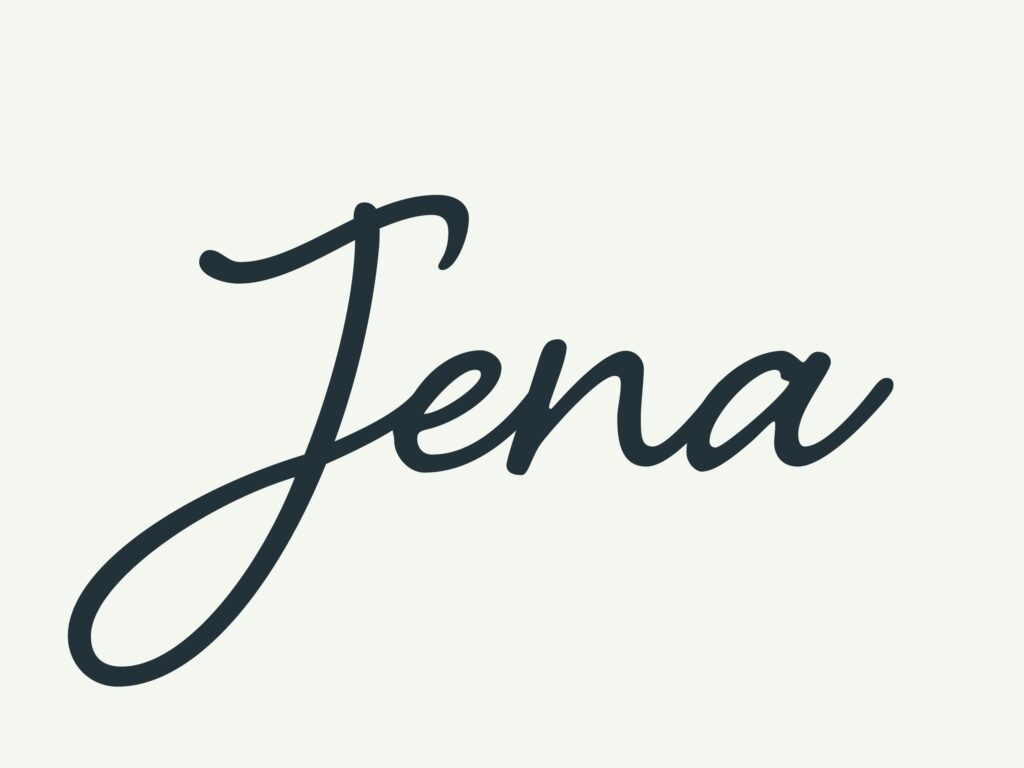
My colleague and Korn Ferry CEO Gary Burnison, recently wrote on Korn Ferry’s blog about the importance of finding the connections in seemingly opposing expectations of the work world, saying, “These days, paradoxes abound—grit vs. grace; perform vs. transform; speed vs. significance; critique vs. create; execute vs. engage; head vs. heart. And one that I’ve seen a lot of lately is self vs. system—which can be expressed simply as I vs. we.”
Burnison shared a story of a recent interview where the candidate told him that they had recruited 40 people this year, which caused Burnison to ask himself, “Really, was it a singlehanded endeavor?”
The article goes on to explain that while holding opposite ideas in our minds can create cognitive dissonance, it’s possible to retrain our brains to live in the tension and find the connections that help everyone move forward.
“We live largely in a left-brain world—overly focused on our technical skills and caught up in the details. Instead, we need to tap Google Earth and zoom out—and that takes our right brain. Looking at things from 30,000 feet helps us contextualize information. And the bigger the picture we see, the more we can connect and collaborate with others, instead of getting stuck in our own silos,” Burnison writes.
An article from Harvard Business Review discusses this same topic, relating the uniqueness of the human’s opposable thumb to the opposable minds of good leaders. “Analogously, we were born with opposable minds, which allow us to hold two conflicting ideas in constructive, almost dialectic tension,” the article states. “We can use that tension to think our way toward new, superior ideas. Were we able to hold only one thought or idea in our heads at a time, we wouldn’t have access to the insights that the opposable mind can produce.” The article points out that our minds crave the certainty of well-defined alternatives and the closure that occurs when a decision has been made, and that seems to be a main factor in the reason people don’t exercise their capability to think integratively. Simply put, it’s harder and feels complicated. “We often don’t know what to do with fundamentally opposing and seemingly incommensurable models,” the article explains. “Our first impulse is usually to determine which of the two models is “right” and, by the process of elimination, which is “wrong.” We may even take sides and try to prove that our chosen model is better than the other one. But in rejecting one model out of hand, we miss out on all the value that we could have realized by considering the opposing two at the same time and finding in the tension clues to a superior model. By forcing a choice between the two, we disengage the opposable mind before it can seek a creative resolution.”
If leaders can learn to not only live in the tension but also learn to connect the points of tension, they’ll be able to provide more insightful leadership, pointing their teams down the forward path with clarity.
Onward,

